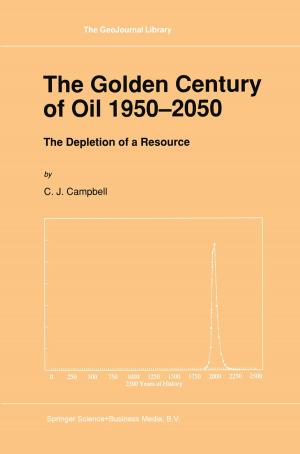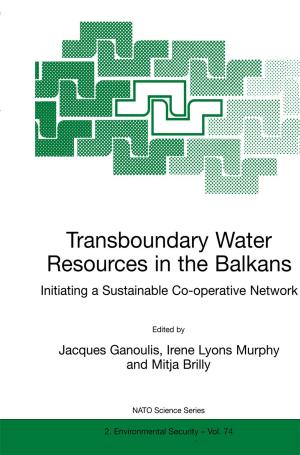| Author: | Grant W. Cheyen | ISBN: | 9781533746580 |
| Publisher: | Grant W. Cheyen | Publication: | July 5, 2016 |
| Imprint: | Language: | English |
| Author: | Grant W. Cheyen |
| ISBN: | 9781533746580 |
| Publisher: | Grant W. Cheyen |
| Publication: | July 5, 2016 |
| Imprint: | |
| Language: | English |
This book is aimed at the general reader who has some, but not necessarily an extensive knowledge of the earth's climate. The physical explanations are kept somple, without any mathematics involved. It probably will not satisfy the experts, who will find some unnecessary digressions, but it is hoped that the general reader may find them interesting.
The book starts with a discussion of the Intergovernmental Panel on Climate Change (IPCC) and presents its views and reports on global warming. This includes the climate models that form the basis for its projections about future global temperature increases, caused by the increasing atmospheric anthropogenic carbon dioxide concentrations.
This is followed by a discussion about the level of difficulty of the subject of global warming. Further discussions consider the subject of scientific ethics, the scientific method by which hypotheses should be evaluated, and the pitfalls presented by entities attempting to bypass the scientific criteria.
Next follows a presentation about the physical characteristics of the lower atmosphere, the troposphere. We discuss its large scale circulation and small scale turbulence,and show how its properties interact to affect the climate. We demonstrate quite conclusively that the climate change details claimed by IPCC are incorrect, some shown by errors in their constructions of atmospheric behavior, and others shown by observed results being contrary to projected characteristics or values.
Finally,we take a look at the world of politicians and experts. It appears that the politicians and bureaucrats view the world as something to control and regulate. The independent scientists overwhelmingly disagree with the hypothetical carbon dioxide hazard scenario. They present a more realistic picture of the current and future global climate, which, incidentally, is quite stable and is expected to remain so.
This book is aimed at the general reader who has some, but not necessarily an extensive knowledge of the earth's climate. The physical explanations are kept somple, without any mathematics involved. It probably will not satisfy the experts, who will find some unnecessary digressions, but it is hoped that the general reader may find them interesting.
The book starts with a discussion of the Intergovernmental Panel on Climate Change (IPCC) and presents its views and reports on global warming. This includes the climate models that form the basis for its projections about future global temperature increases, caused by the increasing atmospheric anthropogenic carbon dioxide concentrations.
This is followed by a discussion about the level of difficulty of the subject of global warming. Further discussions consider the subject of scientific ethics, the scientific method by which hypotheses should be evaluated, and the pitfalls presented by entities attempting to bypass the scientific criteria.
Next follows a presentation about the physical characteristics of the lower atmosphere, the troposphere. We discuss its large scale circulation and small scale turbulence,and show how its properties interact to affect the climate. We demonstrate quite conclusively that the climate change details claimed by IPCC are incorrect, some shown by errors in their constructions of atmospheric behavior, and others shown by observed results being contrary to projected characteristics or values.
Finally,we take a look at the world of politicians and experts. It appears that the politicians and bureaucrats view the world as something to control and regulate. The independent scientists overwhelmingly disagree with the hypothetical carbon dioxide hazard scenario. They present a more realistic picture of the current and future global climate, which, incidentally, is quite stable and is expected to remain so.















